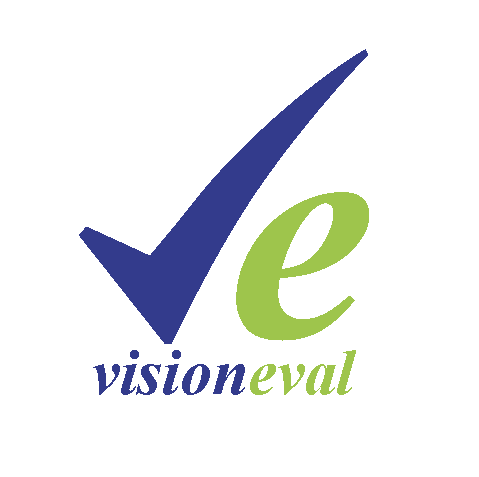The rationale and design for the VisionEval framework are documented by papers included in the project’s GitHub repository they include the following documents. Check the repository for the latest documents because the framework is still under development.
VisionEval Strategic Tools for Performance-Based Planning
This paper provides an overview of VisionEval as a model system for implementing analysis tools to support long range performance-based planning.
VisionEval: A New Framework for the GreenSTEP Family of Models: Overview and Approach
This paper describes the rationale and project approach.
VisionEval Model System and Framework Design
This paper goes into more depth on how the framework fits into a model system and the design of that system and the framework.
TMIP Webinar: Introduction to GreenSTEP, the RSPM and Related Strategic Planning Models.
This is the first of a three-part webinar series on the GreenSTEP and RSPM models. This webinar focused on:
- The motivation for building the GreenSTEP model and the policy issues it was built to analyze.
- Design overview and major features.
- Other related models (EERPAT, RPAT) and their differences.
- GreenSTEP and RSPM application examples.
- How the GreenSTEP and RSPM models are run.
- How to obtain the code and technical documentation for the GreenSTEP and RSPM models.
TMIP Webinar: Design and Estimation of the GreenSTEP and RSPM Models.
This is the second of a three-part webinar series on the GreenSTEP and RSPM models. This webinar focused on:
- Integrated model development process using R.
- Data and data preparation used in model development.
- Development of the household DVMT model.
- Development of the light-weight vehicles model.
- Development of the PHEV model.
- Development of the household budget model.
- Development of the congestion model.
TMIP Webinar: VisionEval - A Modeling System for Building Strategic Planning Models.
This is the third of a three-part webinar series on the GreenSTEP and RSPM models. This webinar focused on:
- The reasons for creating VisionEval.
- Model system objectives.
- Overview of the model system architecture.
- Key principles that enable ‘plug-and-play’ operation.
- Module structure and the packaging of modules.
- What happens behind the scenes when a model runs.
- How to download and use the code.
- Next steps.
 VisionEval
VisionEval